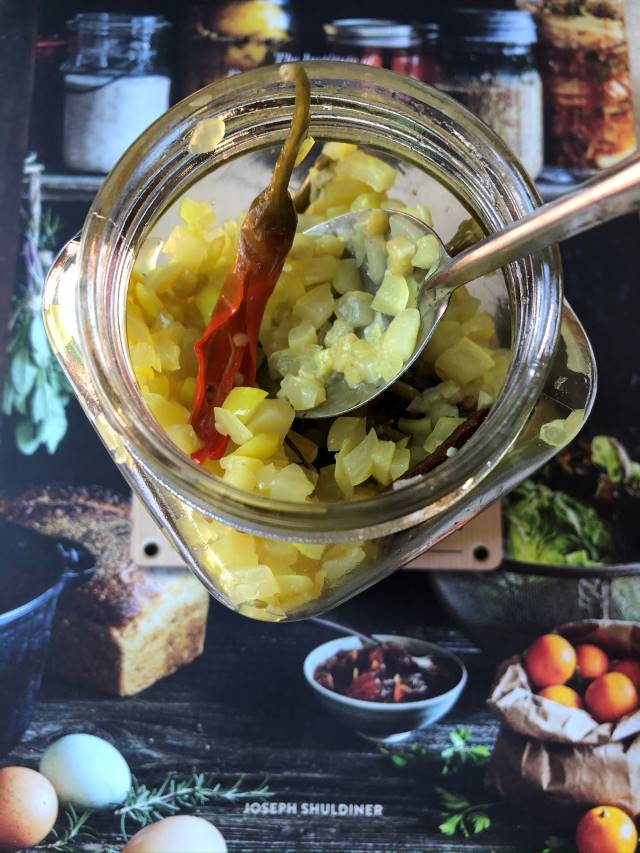
With all that’s going on these days, it’s hard to launch a new cookbook and be heard. It’s even harder to get attention if the author has passed away, which is the case of The New Homemade Kitchen by the Joseph Shuldiner. I hold a special place in my heart for Joseph because he was utterly forthright (he never sugar coated his communication), entrepreneurial (he hustled well), and welcomed me to the Institute of Domestic Technology in Los Angeles.
I can't recall how we met but in 2014, he set me up to do a crazy Banh Mi Handbook launch event that drew about 300 people to the Grand Central Market in downtown LA, which he and his partner Kevin West helped to relaunch. There was no sound system and somehow, we managed tastes for folks. Participating Grand Central Market chefs graciously stepped up to showcase their banh mi creations. We all amplified modern Vietnamese cooking, and it was a wonderful, rollicking event full of thrills and near spills.
That same year, Joseph invited me to teach a 6-hour tofu class at the Institute and sold out the event out lickity-split. We had a hilariously good time in the heat of Altadena, squeezing on soybeans, coagulating soy milk and celebrating the magic of home food crafting; the family of goats outside occasionally peered in and made their remarks.
He recapped the class in a blog post at the Institute site. The quirky Institute was totally Joseph in its work and events, which showed people how they can achieve self-determination in the space that they can control most—their homes.
Institute of Domestic Technology
The Institute mirrored Joseph in promoting foodways that enabled people to understand how food works, to not rely on commercially made products— if they didn’t want to. Joseph was never dogmatic. He was fascinated at and tickled by, for example, the notion of making toothpaste.
When I last spoke to Joseph a few years ago, he mentioned a new book in the works. It would be a book that focused on the Institute.
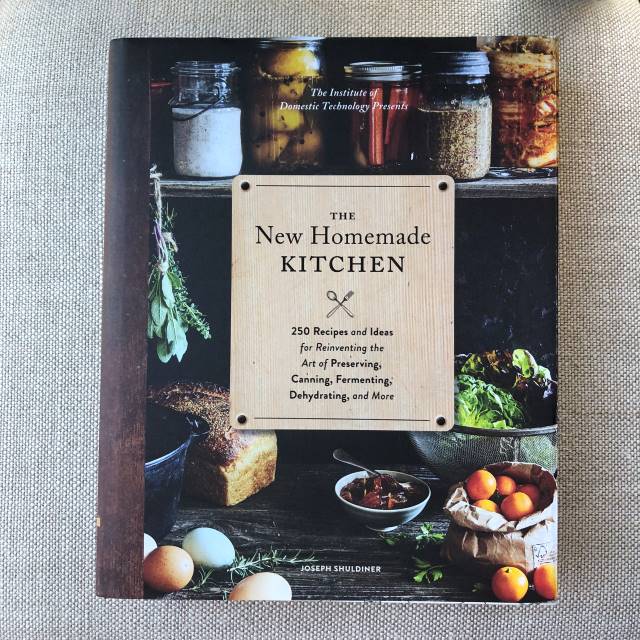
Alas, the book released in early June 2020 but Joseph passed away late last November from cancer. The Institute gifted me a copy of The New Homemade Kitchen, and I was happy to see Joseph’s spirit alive throughout the work. Since he was never the type to hog up space, he shared the book’s pages with insights from a group of local professional experts whom he labeled “Deans”. For example, Yoko Maeda Lamn of Hakko was the Dean of Fermentation and Nan Kohler of Griss and Toll was the Dean of Grains. The Deans taught Institute classes and contributed recipes and insights to the book.
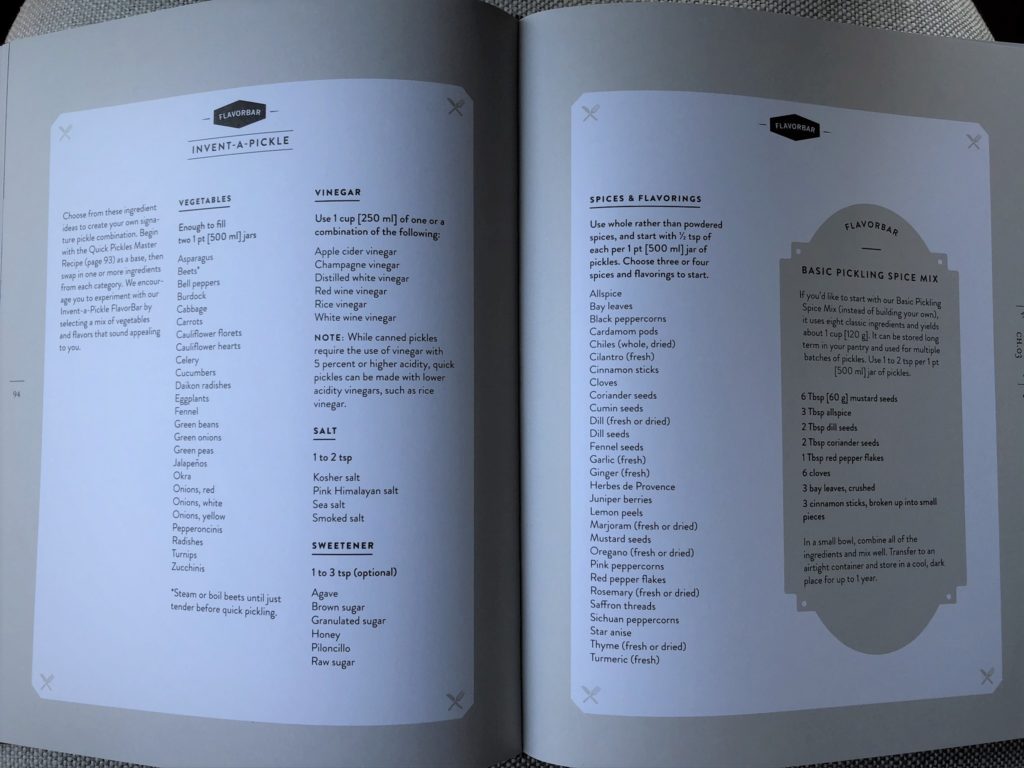
I was impressed with how Joseph’s book marches curious cooks through a diverse range of DIY cooking, preserving and mixology. The book reflects a rainbow of perspectives and global cuisines. The profile of each Dean tells her/his story, creating a community vibe and imprint. The Institute and Joseph were democratic.
The book is also a fabulous handbook filled with hacks and “flavor bars” that allow cooks to take a recipe or formula and create something of their own. It’s nimble.
Relishing Sweet Pickle Relish
I adore sweet pickle relish but thought it would require pickling and then chopping. I’d made cucumber pickles before like this recipe on VWK, but it didn’t cross my mind to prepare a sweet relish pickle. The recipe in The New Homemade Kitchen is small batch pickling, and it doesn’t require canning jars and sterilization. It was perfect for me while our kitchen is being renovated.
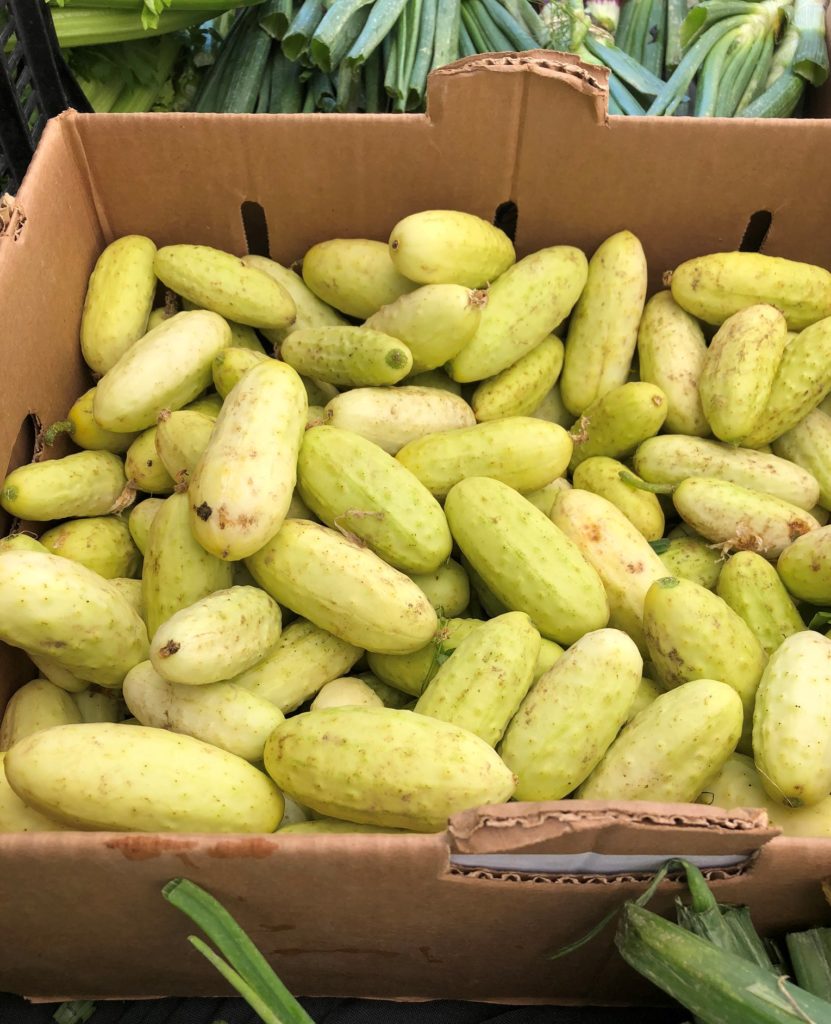
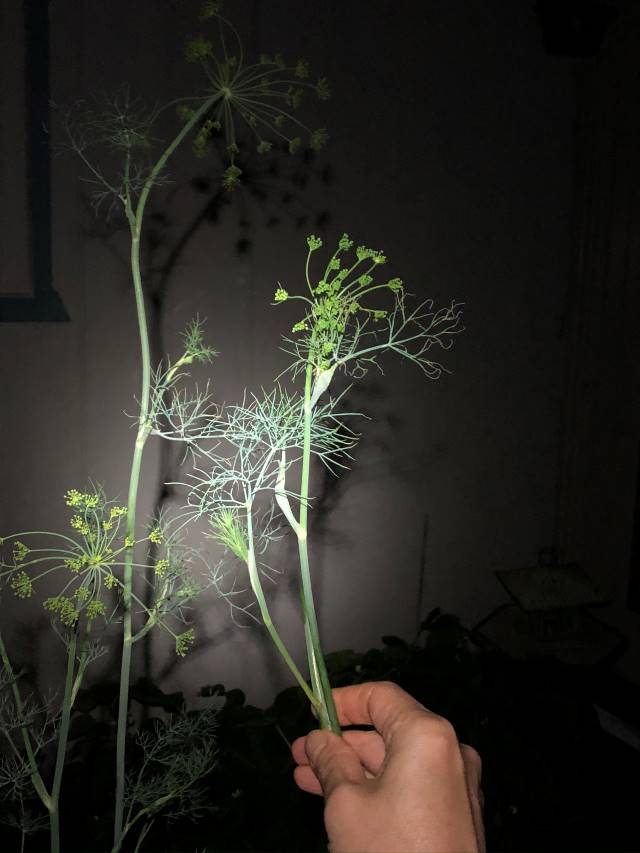
Moreover, the recipe points out that you can make the pickle with different cucumbers --- Kirby, Persian, Japanese, English and even regular old American slicing cucumbers (just peel and seed the thick American ones, the book says). I chose a white pickling cucumber (it may be White Wonder) sold at our farmer’s market, which is dense in flesh and crisp in texture.
My husband and I chopped up the cucumber and onion in our makeshift kitchen. Without mustard seeds, I choose coriander seed. Without dill seed, I ran outdoors into the garden with a headlamp on and picked some flowering dill fronds. Then I got brazen and added heat via Thai chiles and piece of cassia cinnamon. Why not? Oh, I also had no white wine vinegar and subbed in rice wine vinegar; both have similar acidity levels.
DIY Pickle Relish Revelation
The relish we made seemed dry compared to the commercial, syrupy stuff sold at the supermarkets. But is the commercial stuff true to the original? How so? Who and what defines popular foods for the general populace?
Is the pickle relish that we made at home closer to what people made in the past? Its bright flavor and crisp texture are leagues better than what I’ve purchased for hot dogs, potato salad, and Thousand Island dressing. But we haven’t employed the relish in any of those classic American ways.
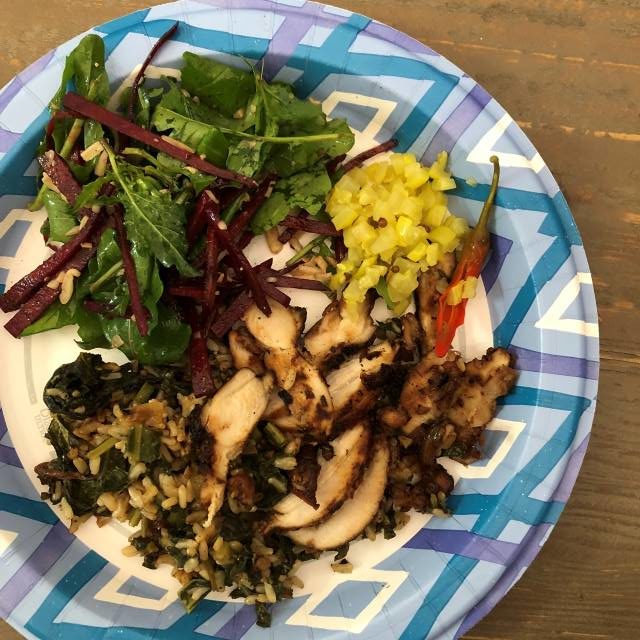
After my husband observed that the homemade sweet pickle relish was more like a chutney, we ate it as a condiment. Cue grilled lemongrass pork from Vietnamese Food Any Day and braised garlic and rosemary chicken thighs! (Disposable plates are what we're calling our formal dishware during our kitchen renovation.) Maybe I’ll do a bready pairing by adding it to banh mi. Making the relish at home liberated my thinking about what it is and what it can be.
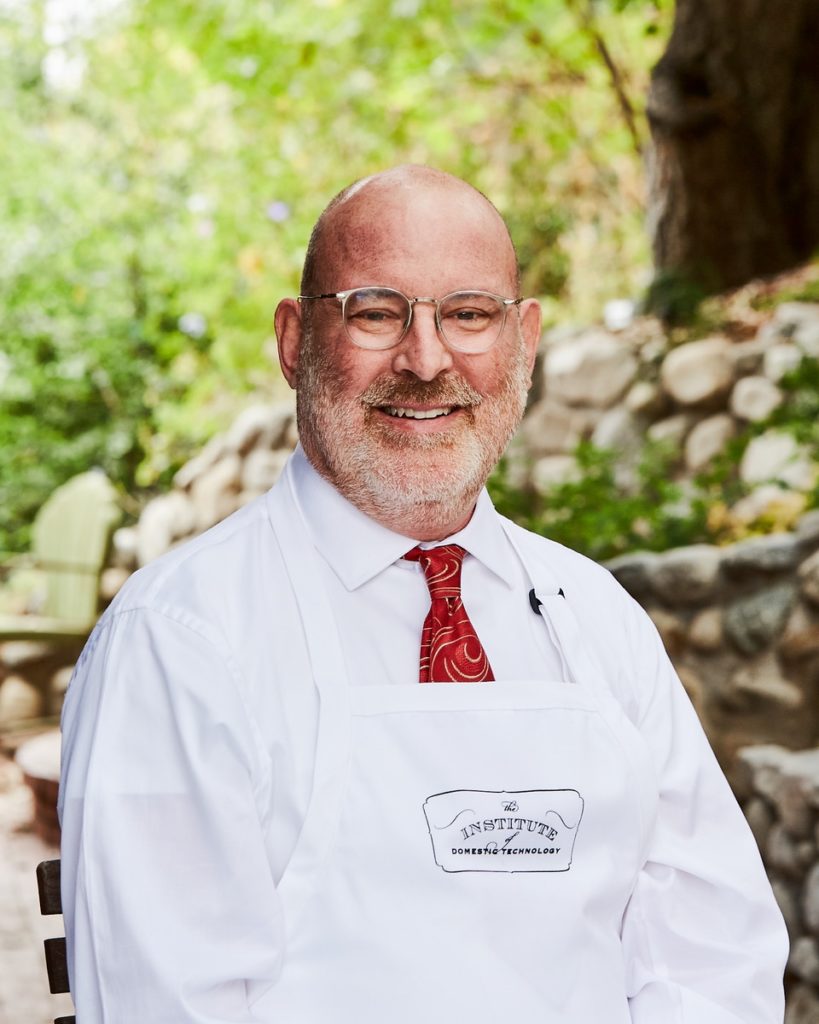
There are certain food projects I’m not going to tackle at home, like rice paper(!), but doable ditties like sweet pickle relish can be prepared in small experimental, revelatory batches. Joseph’s book allows me to McGyver and explore a broad range of foods and beverages to bring greater comfort and joy to our home.
Sweet Pickle Relish
Ingredients
- 1 pound cucumbers, finely diced (keep unpeeled and unseeded unless using a thick skinned American slicing cucumber)
- ½ cup finely chopped onion (yellow or red)
- 1 ¼ teaspoon kosher salt, or ½ plus ⅛ teaspoon fine sea salt
- ½ cup white wine or rice wine vinegar
- 2 tablespoons sugar
- 1 teaspoon yellow mustard seeds or coriander seeds
- 1 teaspoon dill seeds or 3 dill sprigs
- ½ teaspoon ground turmeric
- 2 Thai chiles, split lengthwise (optional)
- One-inch piece cinnamon stick, optional
Instructions
- In a medium bowl, toss the cucumber and onion with 1 teaspoon of the kosher salt (or ½ teaspoon fine sea salt) and allow it to sit at room temperature for 1 to 2 hours. Transfer the cucumber and onion to a clean kitchen towel set over a bowl and twist the towel to squeeze out as much moisture as possible. Discard the liquid.
- In a small saucepan over medium heat, combine the drain cucumber and onion with the remaining ¼ teaspoon kosher salt (⅛ teaspoon fine sea salt), vinegar, sugar, mustard seeds, dill, turmeric, chile, and cinnamon. Bring the mixture to a boil over medium heat, then simmer over medium-low heat for 5 minutes to reduce slightly, then remove from the heat.
- Allow the relish to cool to room temperature in the pan, uncovered, then transfer to an airtight container and chill it overnight in the refrigerator before using. Store the sweet pickle relish in the refrigerator for up to one month.













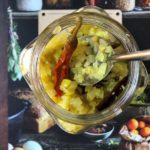




Albertina Geller says
This pickle is AMAZING! So easy to make and super delicious, Thank you for sharing the recipe!!
Andrea Nguyen says
You're welcome!
John says
Thank you for sharing your tribute to Joseph Shuldiner. Collaboration build us all up.
Andrea Nguyen says
It's my pleasure, John. Joseph was great for the LA food scene.
Margie Spenser says
You say to put "a cucumber" in a bowl with onion and salt.
"**A** cucumber implies a whole one. If I hadn't just read the ingredients list I wouldn't know to dice it. Also, in describing the 1 pound diced cucumber, you say not skinned or seeded.
In the prior discussion don't you say you can use a standard American cucumber if you peel it and remove the seeds.
I've never made relish. I don't feel confident to make this one.
Andrea Nguyen says
That's just a typo, Margie! I just fixed it. Thanks for catching it. If the ingredient line doesn't say to peel or seed, you don't have to. You'd treat the regular American slicing cucumber differently, per the main blog discussion. Simple as that. Sorry for any confusion.
Cindy says
I'm wondering what this would be like as a fermented version. Not to improve upon perfection, just a thought..
Andrea Nguyen says
I don't know. You could try and see. Let it sit out for a day or so. I let my dill pickles sit overnight so there's a slight tartness.